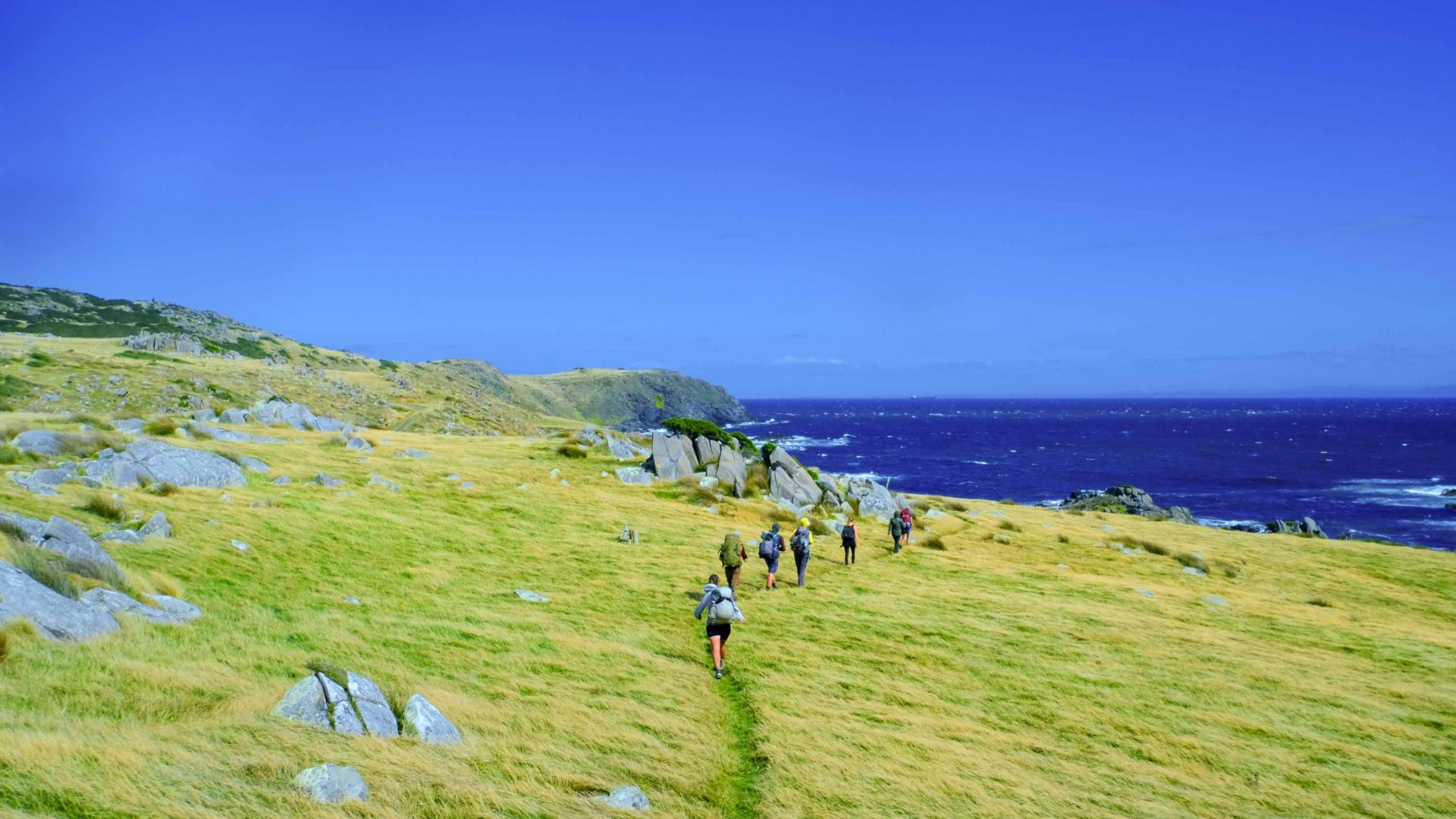
For 118 days, Tsewang Nuru Sherpa hiked New Zealand’s entire length along the Te Araroa Trail. Māori for ‘the long pathway,’ he discovered the TA showcased the best of New Zealand’s diverse scenery and communities along the way.


For 118 days, Tsewang Nuru Sherpa hiked New Zealand’s entire length along the Te Araroa Trail. Māori for ‘the long pathway,’ he discovered the TA showcased the best of New Zealand’s diverse scenery and communities along the way.
It’s a damp, misty October morning when I make my way towards Cape Reinga lighthouse, the northern terminus of the Te Araroa trail. It’s about as far north as you can get on New Zealand’s mainland, where the Tasman Sea meets the Pacific Ocean in a mesmerizing whirlpool of currents. And at its northernmost tip, clinging to the rocks, is a gnarled pohutukawa tree, standing tall and proud for over 800 years.
For Māori, Cape Reinga is the most spiritually significant place in New Zealand. For Te Araroa walkers, Cape Reinga signifies the beginning of a new epic journey. It’s known as the leaping place of spirits, where according to legend, the spirits of deceased Māori leap from the pohutukawa tree, beginning an undersea journey to their ancestral homeland; and where my epic journey of walking the 3,000-kilometer Te Araroa (TA) trail starts.
I take the mandatory lighthouse photo to mark the beginning of my pilgrimage; although it’s been something of a pilgrimage to reach the start of the trailhead: A two-day trip involving a two-hour flight from Christchurch to Auckland, an eight-hour bus ride to the town of Kaitaia, and an early two-hour car ride to Cape Reinga. But all that remains now is to start walking.
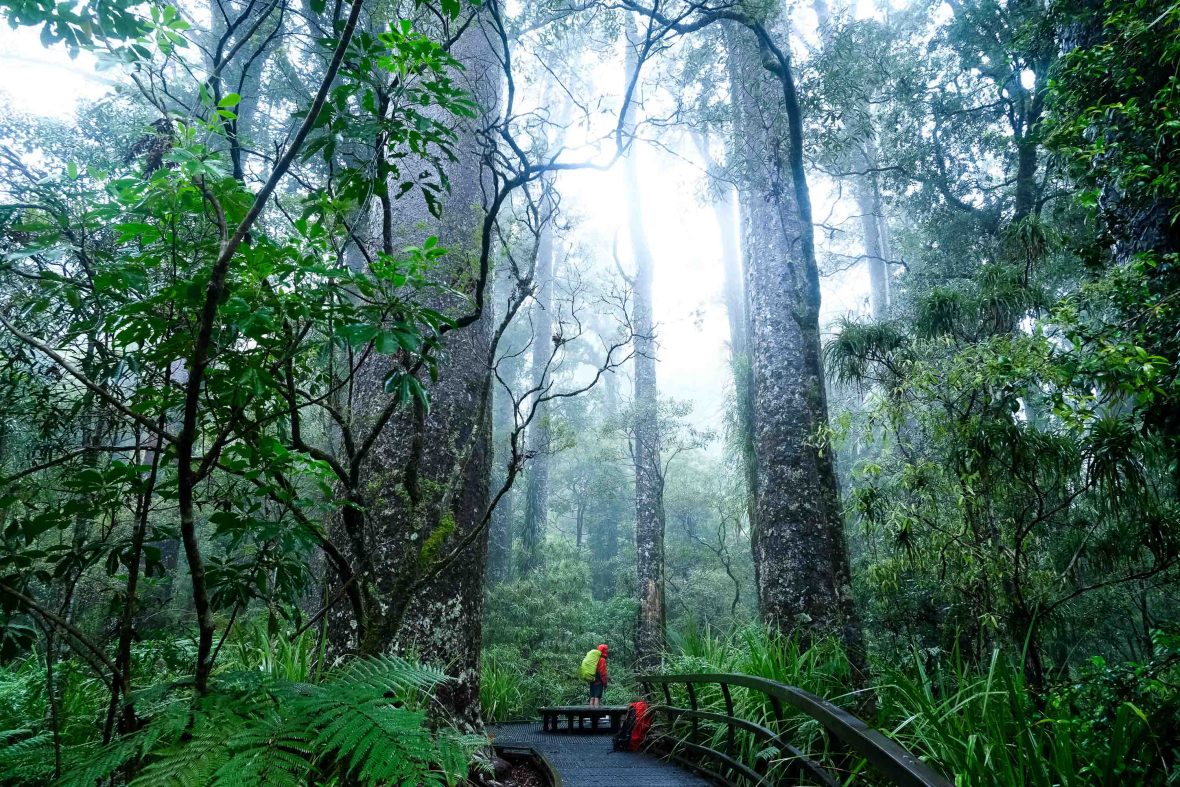
It’s said you can get four seasons in one day in New Zealand. It’s a rough start, southbound from Cape Reinga towards the legendary Ninety Mile Beach, but drenched and battered by blasting gales, a sunny afternoon sun welcomes me. I’m already apprehensive of the mental and physical hurdles that lie ahead; the never-ending stretch and hard sand surface of the Ninety Mile Beach (63 miles, to be exact), the first section of TA.
But mindsets change fast. Camping beneath a starry sky to the peaceful sound of waves lulls me into a state of comfort, and I manage to hike the monotonous, rugged sandy flat beach in four days with no blisters.
The victory is short-lived, and quickly outweighed by the wilderness of the Northland Forest on the trail of ancient Kauri trees in the heart of New Zealand’s Northland district. Native to New Zealand, these trees are among the world’s mightiest, growing to over 50 meters tall with a lifespan of 2,000+ years. For five days, I walk past towering Kauri trees and colorful ferns along the steep mountainside ridges, cross swollen rivers, and walk in soaked clothes on its muddy trails.
Locals along the trail have taken it upon themselves to boost the morale of walkers by performing ‘trail magic’—random acts of kindness—generously offering food, fruits, warm beds, showers, and lawns for pitching tents, when walkers like me need it the most.
I pull the straps tight on my backpack as I venture inland from the Northland to experience New Zealand’s supercity, Auckland, and realize how my bag and gear have become a part of me. My Osprey Talon 44-liter pack is my life; everything I need in 13 kilograms, including a registered distress beacon, two kilos of camera equipment, and sometimes hitting 20 kilos with fresh food supplies.
Entering the Auckland section is chaotic, especially after spending weeks plodding through the wilderness. For some, the multitude of towns along the TA may be a downer but I find it magical: The lure of city food, hot showers, fresh laundry, and reconnecting with family.
City stops also mean restocking food supplies and sending food packages to stops further along the trail. I dismiss the burgeoning bag weight, reassured by the thought of appetizing meals. It varies on the trail, but I rely on hearty ramen, couscous, pasta, and quinoa for cost-efficiency. Breakfast is oats and instant coffee. Lunch might be wraps with tuna, salami, cheese, peanut butter, or energy bars for long days.
Since the Te Araroa trail officially opened in 2011, the trail has thrived, with thousands of walkers taking on parts or all of it; the last 2023/24 summer season saw over 2,300 hikers. The trail is so well-designed that no two walks are identical. Always keen to discover what lay ahead, I find myself traversing through some of the country’s iconic landmarks, such as Tongariro National Park in the heart of North Island.
First in the world to be granted dual UNESCO World Heritage status for its cultural significance to Māori and its exceptional natural features, Tongariro is a testament to nature’s brilliance, and it’s where many scenes from Lord of the Rings were filmed. I walk along the distinctive track formed from old lava flows, steaming craters, and vibrant silica terraces while awestruck by volcanic mountains and emerald lakes.
And there’s more to TA than just hiking; there’s kayaking, canoeing and biking, and the ferry between the country’s two islands. I bike the Waikato region in the North Island, ride the 87-kilometer-long Timber Trail over eight swing bridges, and canoe for five days along 290-kilometer Whanganui River in the North Island.
This turns out to be one of the highlights: Whanganui River is one of New Zealand’s Ten Great Walks but markedly different to the others. Technically, it’s a paddle, and the Whanganui is the world’s first river to be granted legal personhood status, which recognizes the river as a living entity, with the same rights and responsibilities as an individual. Finishing the journey and walking south towards Wellington marks the TA trail’s midpoint—we’re 1,500 kilometers in.

The hardest part of a long-distance hike is the middle, when it feels monumental to have walked an impossibly long distance… and still have an impossibly long distance to go. When I finally reach Wellington after covering 1,700 kilometers and experiencing loneliness, boredom, elation, misery, cold, exhaustion, and wetness, I feel like I’ve conquered a mountain. However, the thought of descending the steep track to get to Bluff—the end of the TA trail—seems daunting.
Te Araroa owes its success to volunteers and generous donors, the unsung heroes of who work diligently to ensure the track remains pristine. While descending the summit of Breast Hill (1,587 meters) track in Lake Hawea in the Otago region of South Island, I meet Gary, who lives here. “I love to walk,” he tells me. “I want to maintain this part of the trail so that walkers passing through can experience the true gem of Lake Hawea.”
The culture of trail angels is closely entwined with the Māori concept of kaitiangitanga. A kaitiaki is a guardian in Te Reo Māori (the Māori language). Offering kaitiakitangi is offering guardianship and protection to the sky, land and sea based on the traditional Māori worldview.
Despite my restless contemplation, one of the most satisfying parts of walking the TA is meeting fellow walkers and understanding why they chose it. Listening to their stories and reactions to my thoughts reassures me of my doubts and fears, and keeps me going.
I learn a lot from my walking companions. I learn to carry only enough water until the next stop, and I’m better at planning food supplies. I learn about the more difficult sections and which side quests are worth doing, such as walking the 60-kilometer Abel Tasman Coastal Track in the Tasman region or exploring Aoraki/Mount Cook National Park for views of New Zealand’s tallest mountain, Aoraki/Mount Cook (3,724 meters) in the Mackenzie region, both in the South Island. These trail conversations show me that long-distance walking is a continuous learning experience, and it’s fine not to know everything—I have plenty of time and kilometers to find them.
It’s also the encounters with trail angels that make the experience. Trail angels—locals who live near or along the trail—perform ‘trail magic’, random acts of kindness to boost walker’s morale, alongside practical help such as food, fruit, warm beds, hot showers and lawn for pitching tents. Every walker I meet has at least one ‘trail magic’ moment that’s characterized their trail experience—the sheer kindness from strangers stands out more than any landscape.
The widespread, growing network of trail angels—or ‘guardians’ as veteran trail angel Rob Firmin prefers to call them—is at the heart of the TA community. I meet Rob and his partner George Mills right after finishing the five-day river canoe journey in Whanganui. Firmin and his partner George have hosted TA walkers from 58 nationalities over the last 11 years.
The culture of trail angels is closely entwined with the Māori concept of kaitiangitanga: A kaitiaki is a guardian in Te Reo Māori in the Māori language. Offering kaitiakitangi is offering guardianship and protection to the sky, land and sea based on the traditional Māori worldview; it’s an excellent example of how walking the TA connects people, community, culture and environment. The transfer of local knowledge through exchanges with trail angels allows walkers to learn about local Māori views such as extending kaitiakitangi by respecting and conserving the land, being mindful of the impact of your behaviors and giving back to the land; in this case, the TA trail we are walking.
Many other trail angels share this notion; walkers find trail angels through Facebook groups. The Te Araroa Trail Angels Facebook group has over 13,000 members, including walkers and angels. News also spreads informally through WhatsApp groups and word of mouth among walkers.
For Rob and George, the Māori ethos of manakitanga—showing respect, generosity, and care for others—is at the forefront of their mission. As kaitiaki or guardians, they want to create a welcoming environment for the walkers who become part of their family, especially those far from home who may be missing their loved ones.
It’s in line with what the Te Araroa Trust, responsible for administering the trail, aspire to: To make Te Araroa the world’s “first truly regenerative thru-hike,” Matt Claridge, its executive director tells me over the phone in Christchurch, highlighting their newest project, ‘Te Araroa Whakahou’, which translates to “renew, restore and rebuild” in Maōri.
“Our concept of the regenerative trail is based on the principle that both the trail and the walkers should positively impact the environment,” says Matt. ‘Te Araroa Whakahou’ aims to improve the trail’s condition by working with volunteers, trail walkers and supporters to “be mindful of the trail’s capacity, minimize environmental impact, increase biodiversity over time, and leave the environment and community better than before.”
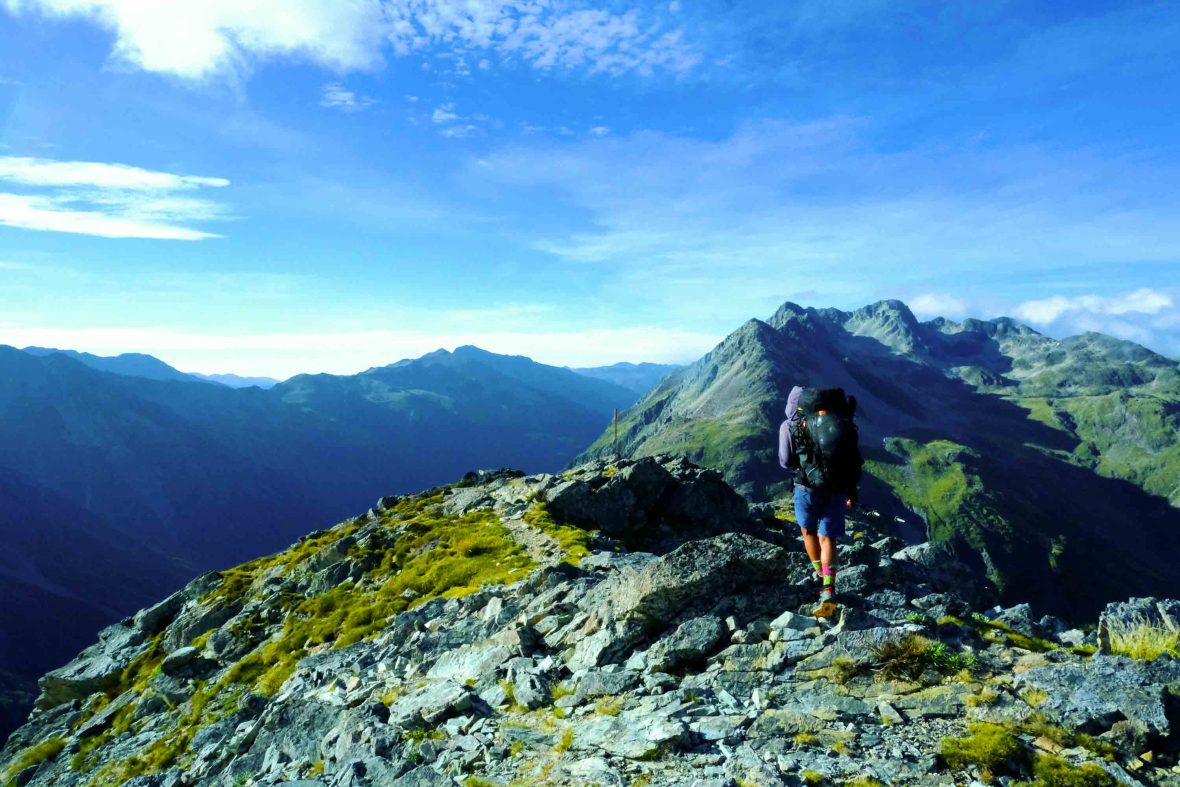
Even the smallest, random acts of kindness on the trail are revered. A bar of chocolate isn’t just a bar of chocolate—it symbolizes a human connection rooted in admiration, respect and support for your walking journey. For a walker like me, these benevolent acts make the journey as personal as a physical one.
Hut-to-hut hiking is also a huge part of the TA journey. The North Island offers campsites, local hosts, trail angels, and occasional city stops for walkers. The South Island has hut-to-hut hiking to experience the contrasting nature of each island. Huts on the TA aren’t just places to sleep; they’re places for celebration, connection, self-reflection, and memories. And they foster conviviality and camaraderie by offering a refuge from the sometimes-harsh backcountry environment; when the weather is at its worst, huts are at their finest. Each one also has a guest book in which TA walkers can record their stays, track friends, and leave messages from evocative mountain epiphanies, weather and trail reports, anecdotes of side quests to personal notes for fellow walkers: Think of it as a living anthology of beloved hut culture, where reflections, stories, knowledge, recommendations and humor are shared among hikers.
As we hike through Marlborough Region in the South Island, a sudden heavy downpour forces 11 of us into a tiny six-bunk ‘Captains Creek Hut’, replacing the tent-and-stars serenity of previous nights. Instead of despairing, we huddle together, share soggy snacks and stories from earlier days of TA, and applaud our quirky food recipes while the storm rages outside. My peanut butter ramen seaweed couscous concoction is a hit…
I feel a sudden sensation of being pulled in two directions: One from the front, where the signpost is only a few kilometers away, and the other from behind, begging me not to let the adventure end… to keep going.
“The hut system here in New Zealand is unique and strongly reflects our culture,” says Jorden Miles, a volunteer hut ranger in Nelson National Park of South Island. Unlike other countries where huts are often managed by alpine clubs and restricted to members, New Zealand has a network of around a thousand government-operated huts open and accessible to everyone.
“You can buy a backcountry hut pass that lets you stay in all the huts covered under it,” Bram Lenin, a Dutch hiker I walked with for three weeks on TA, told me. “It’s a great system and a wonderful element of TA.”
Away from the cosiness of the huts, the TA is tough—so why do it? For one thing, its beauty, at least when the weather behaves, is spectacular, and makes the leg-torturing, morale-crushing traverses worthwhile.
However, some sections of TA are less of a walk and more of a body mobility hurdle, especially in the South Island—climbing, crawling, clambering and slithering over all surfaces. But above all, it’s the steep ascents and descents that hurt the most, coupled with New Zealand’s erratic weather conditions, even life-threatening. Scrambling a 1,700-meter Rintoul peak, only 700 meters after ascending the treacherous Little Rintoul Summit (1634 meters) on the Richmond Ranges, considered the toughest section of the trail in the South Island, I’m a sweaty mess of everything: Cramps, exhaustion, elation and misery.
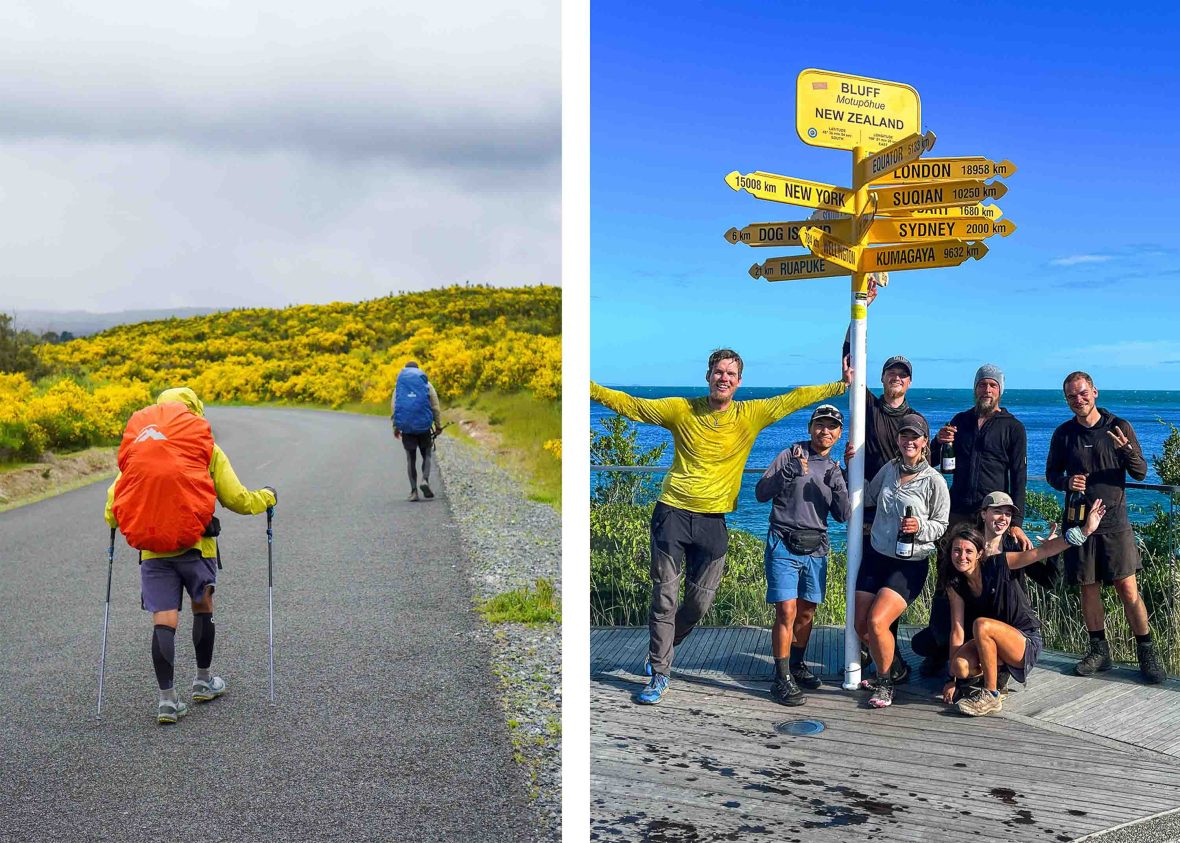
The Waiau pass in the Canterbury region of South Island, at 1,870 meters, is another tricky area. One morning, I ascend a loosely formed track full of rolling boulders and scree to reach Waiau Pass; with every step I trudge to reach the summit, I’m engulfed in an icy, cold cloud, and in keeping with New Zealand weather, a sunny morning turns into thick fog, followed by rainy afternoon. Almost on the verge of pressing my satellite Beacon for help, the rain stops, and with the flickering rays of the sun, I make my way down the summit.
The river crossings along the TA trail are another challenge; they’re also one of the leading causes of hiker deaths in New Zealand. Just an hour of heavy rain can quickly alter the flow of a small river, making it impassable. After waiting for three days in Arthurs Pass National Park, a section of TA with countless river crossings in the Canterbury region of the South Island, I take a detour road and skip two major river crossings. Unfortunately, I fall into another swollen river, damaging my camera lens. It’s little wonder everyone I meet along the trail calls TA their most brutal adventure…
I approach the Bluff signpost, the trail’s endpoint, at the southernmost settlement on mainland New Zealand. It’s my 118th, and final, day on the TA, and I’m with seven walkers who just weeks ago were strangers. I feel a sudden sensation of being pulled in two directions by two forces: One from the front, where the signpost is only a few kilometers away, and the other from behind, begging me not to let the adventure end.
Then, suddenly, we arrive at the signpost. We’ve made it. And as we’ve seen countless hikers do before us on social media, we hug the signpost in joy and exhaustion. As I finally grasp the scale of my achievement, tears of relief prick my eyes. But that’s also when I realize something. That it’s not about the signpost or how fast I walk to finish the Trail; it’s everything in between.
***
Adventure.com strives to be a low-emissions publication, and we are working to reduce our carbon emissions where possible. Emissions generated by the movements of our staff and contributors are carbon offset through our parent company, Intrepid. You can visit our sustainability page and read our Contributor Impact Guidelines for more information. While we take our commitment to people and planet seriously, we acknowledge that we still have plenty of work to do, and we welcome all feedback and suggestions from our readers. You can contact us anytime at hello@adventure.com. Please allow up to one week for a response.

Tsewang Nuru Sherpa is an environmental scientist specializing in climate change and environmental management. He’s also a travel writer who enjoys writing about outdoor adventure and responsible travel. He usually travels slowly by foot or by bike in the mountains. He is passionate about research and science, but sports and adventure fuel his soul.






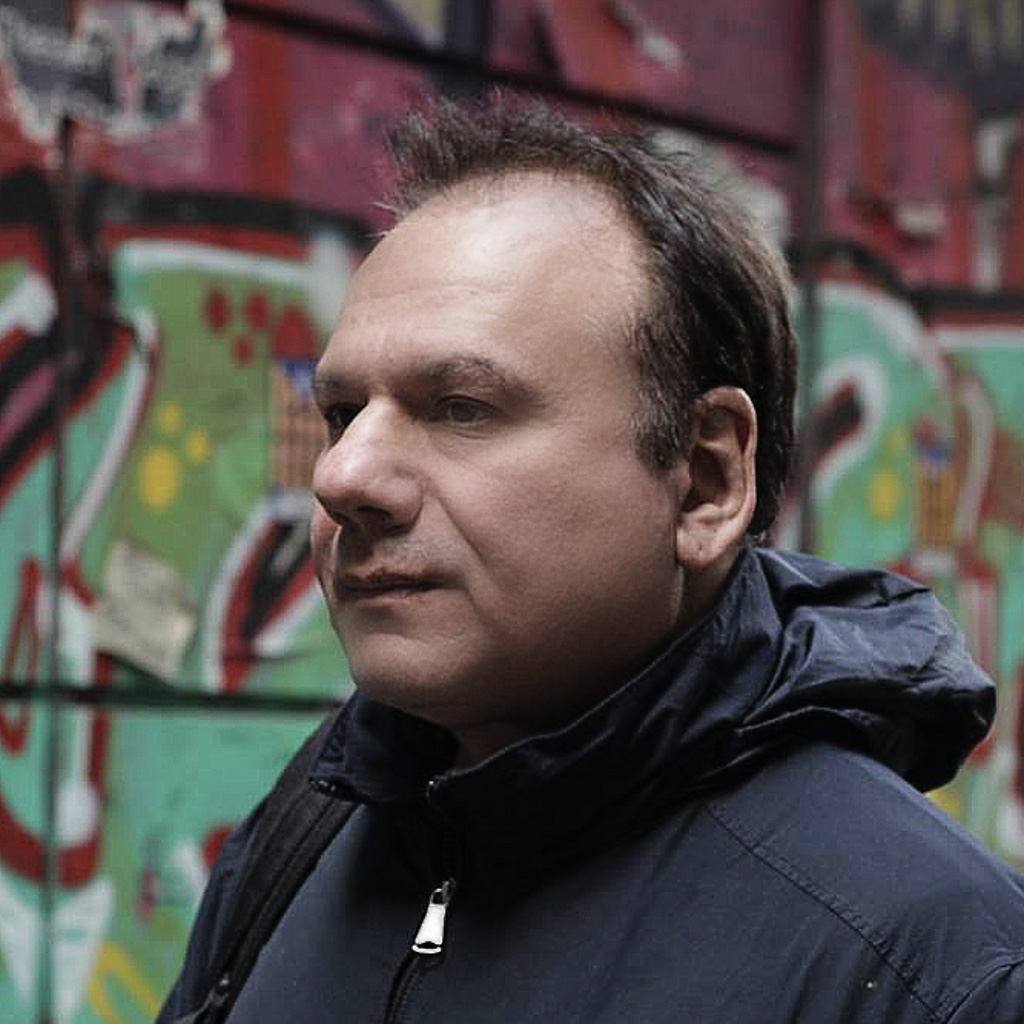

Can't find what you're looking for? Try using these tags: